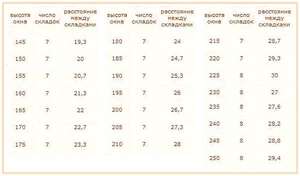DIY Roman blinds: step-by-step instructions for sewing
It takes ~ 3 minutes to read
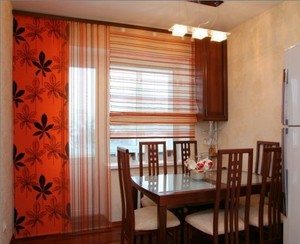 Roman blinds always look austere and elegant. They will suit any interior style. They will be appropriate in any room: in the nursery, living room, bedroom or kitchen. Their convenience lies in the fact that they significantly save space, while effectively protecting the house from hot sunlight or prying eyes. The use of such curtains will help to visually expand a small room. Plus, you won't need to leave space for beautiful draperies. In this article, we will look at the step-by-step instructions for sewing with your own hands.
Roman blinds always look austere and elegant. They will suit any interior style. They will be appropriate in any room: in the nursery, living room, bedroom or kitchen. Their convenience lies in the fact that they significantly save space, while effectively protecting the house from hot sunlight or prying eyes. The use of such curtains will help to visually expand a small room. Plus, you won't need to leave space for beautiful draperies. In this article, we will look at the step-by-step instructions for sewing with your own hands.
Of course, they are available in abundance in stores. But you can show your design talents and sew them yourself. Sewing them on your own is a simple and exciting experience. Even a novice needlewoman can handle it. However, there are a few things to be aware of.
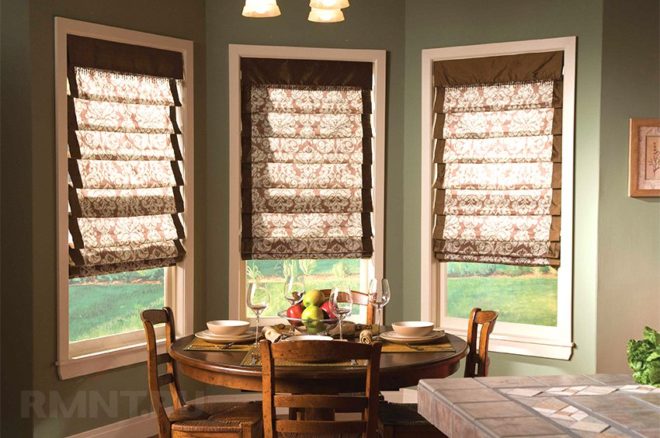
What to make of? The choice of material for the curtains
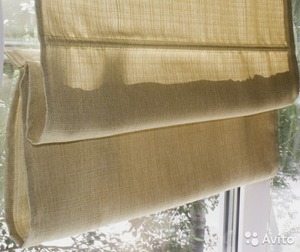 Before making them with your own hands, you need to choose a fabric. You can sew them from almost any fabric. If your curtain's top priority is to protect from the sun, choose thick curtain fabrics. Try to keep the material rigid enough. Then it will perfectly keep its shape, and when raised, form beautiful folds.
Before making them with your own hands, you need to choose a fabric. You can sew them from almost any fabric. If your curtain's top priority is to protect from the sun, choose thick curtain fabrics. Try to keep the material rigid enough. Then it will perfectly keep its shape, and when raised, form beautiful folds.
The texture and colors of the fabric should overlap with the design of the room. For rooms in "antique" style, cotton, linen or burlap-like fabrics are suitable.
For modern and hi-tech, it is better to choose unusual, shiny, space fabrics.
The consumption of material for their pattern is small. Therefore, you can pay attention to even the most expensive design materials. They will look gorgeous.
Pay attention to the transparency of the fabric. If you want to let the sun's rays into the house as much as possible, but at the same time hide the situation from prying prying eyes (this is very important for residents of the first floors), choose a translucent material. If you want to protect yourself from the sun as much as possible, look for a material with a special impregnation - black out. They are absolutely opaque and do not fade even in bright sun.
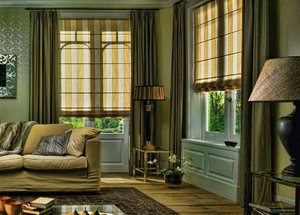 You need to be especially careful in choosing if you are sewing such a curtain in the kitchen. Even with the use of modern technology, it is not always possible to avoid the ingress of droplets of grease, burning and soot. Therefore, all kitchen textiles should absorb dirt as little as possible, be washable and wash well. For kitchens, you can choose special fabrics with dirt-repellent properties. They will retain their appearance for a long time, and thanks to a special impregnation, dirt from them is easily washed off even at low temperatures. In addition, this type of fabric does not absorb odors, which is very important for the kitchen.
You need to be especially careful in choosing if you are sewing such a curtain in the kitchen. Even with the use of modern technology, it is not always possible to avoid the ingress of droplets of grease, burning and soot. Therefore, all kitchen textiles should absorb dirt as little as possible, be washable and wash well. For kitchens, you can choose special fabrics with dirt-repellent properties. They will retain their appearance for a long time, and thanks to a special impregnation, dirt from them is easily washed off even at low temperatures. In addition, this type of fabric does not absorb odors, which is very important for the kitchen.
If you prefer naturalness to technological progress, choose fabrics of mixed composition. They consist of natural linen, cotton and silk with minor amounts of synthetic fibers. The threads are selected in such proportions so that the finished fabric is as beautiful and easy to clean as possible.
Roman blinds can be single or double. Single ones are best made of light translucent materials that transmit light well: tulle, veil, organza. It is advisable to make doubles from dense fabrics in order to prevent burnout of the inner layer.
The photo below shows a single translucent organza curtain. Pay attention to the perfect combination of styles, colors and textures.
And, of course, it is very important to choose the right color and pattern. They must necessarily match the design of the room. A universal option is plain fabrics. They will fit into any style. Abstract paintings will perfectly complement avant-garde styles, and floral motifs - rustic style, country or Provence. And variations on a gastronomic theme will be appropriate in any kitchen, regardless of style.
Dimensions (edit)
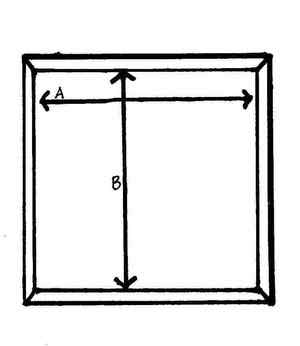 Before you sew it yourself, think about the type of fastening and determine the dimensions. It should perfectly follow the shape of the window. For this, it is very important to correctly measure and cut the fabric.
Before you sew it yourself, think about the type of fastening and determine the dimensions. It should perfectly follow the shape of the window. For this, it is very important to correctly measure and cut the fabric.
Before measuring, decide on the type of attachment. There are three of them:
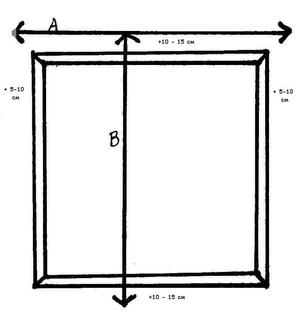
After determining the sizes, you can start creating patterns and sewing. The master class is given below.
Master class: how to sew yourself?
In this master class, step by step sewing of a curtain, consisting of one canvas, will be described.
There may be several towels. In this case, each piece of fabric will need its own curtain rod. Sewing such a product is much more difficult. Therefore, if you are sewing it yourself for the first time, start with a single model.
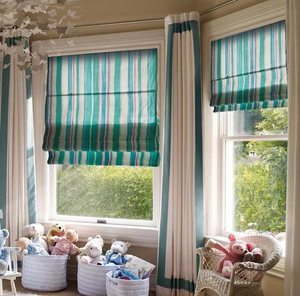 Prepare everything you need first.
Prepare everything you need first.
Materials (edit)
- Textile. The double curtain will also need lining material.
- Velcro tape. Its length corresponds to the width of the curtain.
- Frame rods. They can be plastic or steel. Their diameter is about 5 mm, and their length is 3 cm less than the curtain width. They will need 7 or 8 pieces. It is ideal to find special plastic curtain rods. They are sold in curtain shops or tailoring shops. You can buy a whalebone, which is sold in sewing stores and is used for sewing underwear. It will have to be pre-straightened by heating with an iron, or by putting it under a press. If you don't find any of this, you can take a regular stainless steel wire. But it is not very comfortable, since the sharp edges can easily damage the fabric. You can also use wooden blocks of a circular cross section.
- Plastic rings with a diameter of about 1 cm - 10-12 pieces.
- Nylon cord. You will need three cuts equal to two lengths plus one curtain width.
- Weight bar.
- A wooden block that will act as a cornice. You can use a ready-made cornice with a lambrequel strip already attached.
- Screws and hooks on the screw foot.
Pattern and step-by-step instructions, we sew on our own
